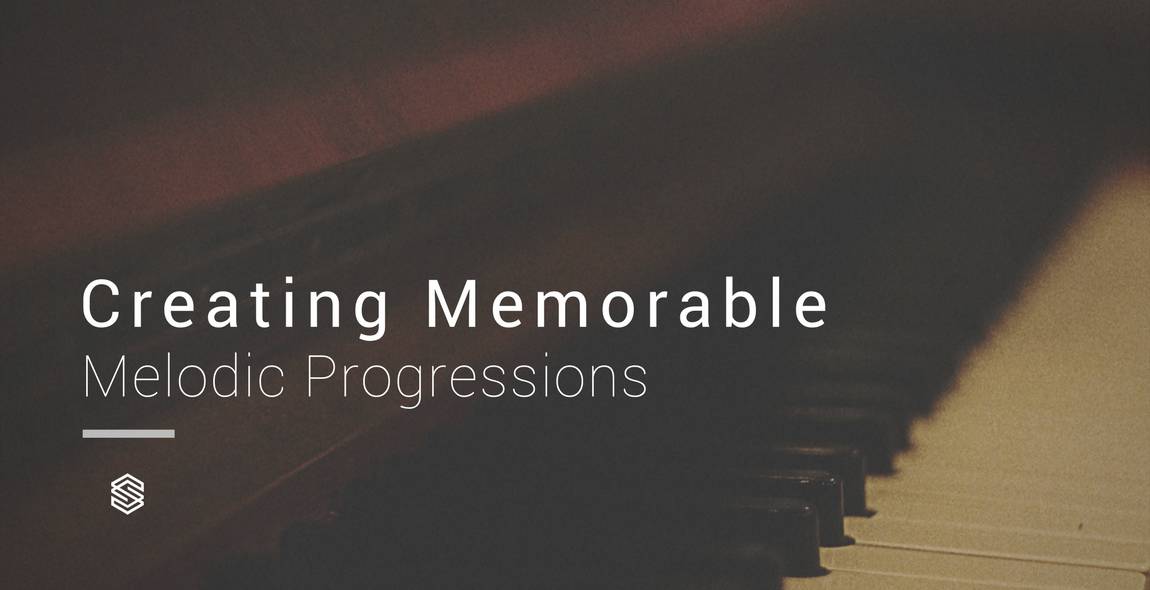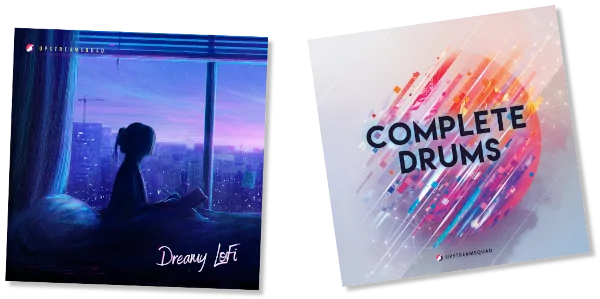by Gregory Tan 17 March 17 Length: Short

There have been several “golden formulas” over the years teaching up and coming songwriters how to write hit songs. You’ve probably read about it somewhere at some point, or overheard fellow contemporaries talk about how an intro needs to be no more than 18 seconds and so on.
Maybe you’re not interested in writing a hit.
Maybe you’re a soundtrack composer like myself or an electronic music producer who just wants to churn out a sick beat or tell a story through your work. You couldn’t care less about being top of the charts. You just want to write something that sticks with people. You just want to write something memorable.
One of the key components of a song that really sticks apart from lyrics and the artist’s style would be the track’s main melody.
Listen to anything from Vangelis’s Chariots of Fire to Avicii’s Hey Brother.
Do you notice a commonality?
Both songs have a hook or a recurring melody that sounds (subjectively) pleasant to the listener.
I’m specifically referring to the main musical theme that the entire song revolves around.
While I cannot tell you exactly how Vangelis or Avicii wrote their songs, I can share some tips I’ve learned along the way on my own journey as composer.
Less Is More
Exercise 1: Write simple melodies with less notes
As in the case of Chariots of Fire, the entire song revolves around a single melody. Notice how the melody encompasses very few musical notes! There’s no intricate phrasing, no fast runs showing off the proficiency of the musicians that played on the track or anything of that nature.
The more simplistic the melody, the more each note gets to “breathe” and standalone.
Exercise 2: Limit the number of tracks you use
In a world where production tools are readily available to music creators, it is tempting and easy to layer tons of instrumentation as the song crafting process takes place.
Don’t!!!
The are many reasons not to (and some of which will be talked about as separate topics in the future). Some problems that can occur when getting caught up in the technical process of production are problems with arrangement, mixing and mastering, and problems with dynamic contrasts.
Instead, the next time you open up a session to produce a piece of music in your DAW, limit yourself to around 15 instrumental tracks. Sculpt your song using just these 15 tracks. You’ll be surprised with how difficult it may be initially, especially if you’re used to producing with an unlimited number of tracks. In the long run, you will be more productive and efficient.
Limitation always produces creativity.
This is why we are in awe when producers who begin creating in their grandma’s basement explode onto the scene with stunning music. It’s not so much the music we are impressed with, but the fact that they produced acceptable music from their granny’s basement.
You can layer as much stuff as you want when the melodies repeat later on in your reprise chorus or your loud chorus after the bridge etc, but all these layers have to sit beneath your melody.
This means your melody takes centerstage regardless of whatever else is going on. Your simple melody.
Creating Contrasts
Even with a great hook, a song can still become too repetitive.
One way to get around this is by changing the arrangement.
You can arrange your melody to work for your song without committing to drastic changes such as shuffling the bridge and second chorus around, or throwing in a guitar solo.
Here are some ideas you could use to add contrast to your melody, and prevent ear fatigue from setting in:
- Adding a harmony line underneath the main melody.
- Play the main melody with a different instrument as the lead.
- Having better pre-choruses (assuming your melody is in the chorus) – better builds, better drops, soft pre-choruses but loud choruses etc.
- Removing certain instruments at certain points of the melody (if the melody in the chorus repeats twice, change up the instrumentation for the repeat)
Shameless plug – here’s a hybrid orchestral track I scored recently that exemplifies some of what I’ve written in this article.
With all that said and done, you can have the sickest melodic progression in the world, but your song can still fall flat.
This is because the purpose of a melodic hook is meant to augment your track, not define it.
You still have to inject emotion into your instrument playing or hone your mixing skills. You still have to create a song that takes listeners on a journey, and frankly speaking, there’s no one specific formula for that.
Take responsibility as a songwriter, musician, producer, composer, or DJ.
Own your craft.
Learn what works for you and what doesn’t, and write melodic hooks that amplify songs that will stand the test of time!
ABOUT THE AUTHOR

Gregory is a cinematic composer and music arranger hailing from Singapore. In his spare time, you can find him hanging out in nearby cafes, thinking of ways to surprise his fiance or in church behind the guitar or sound desk. He likes coffee. Get in touch with him at www.gregtanmusic.net




